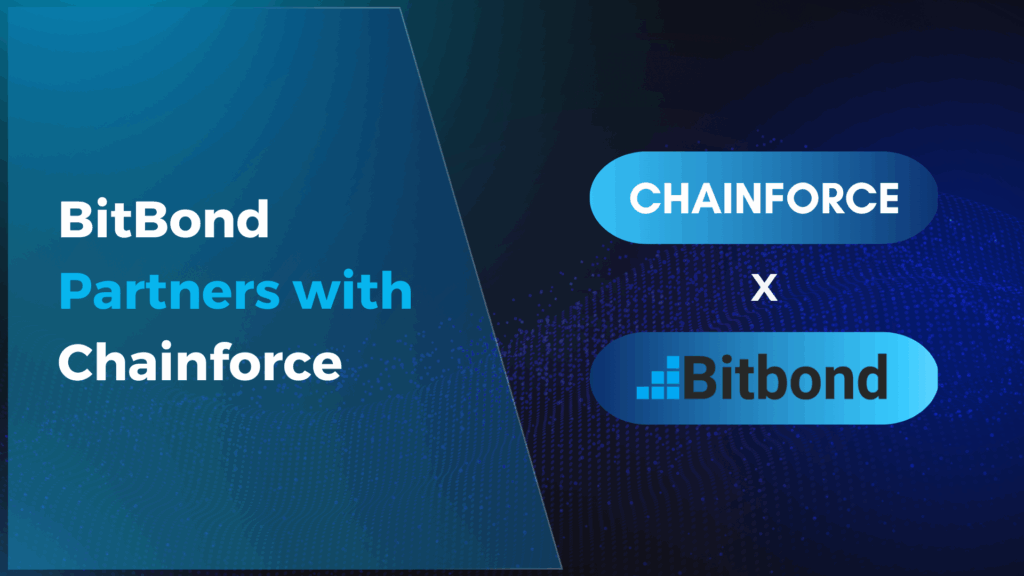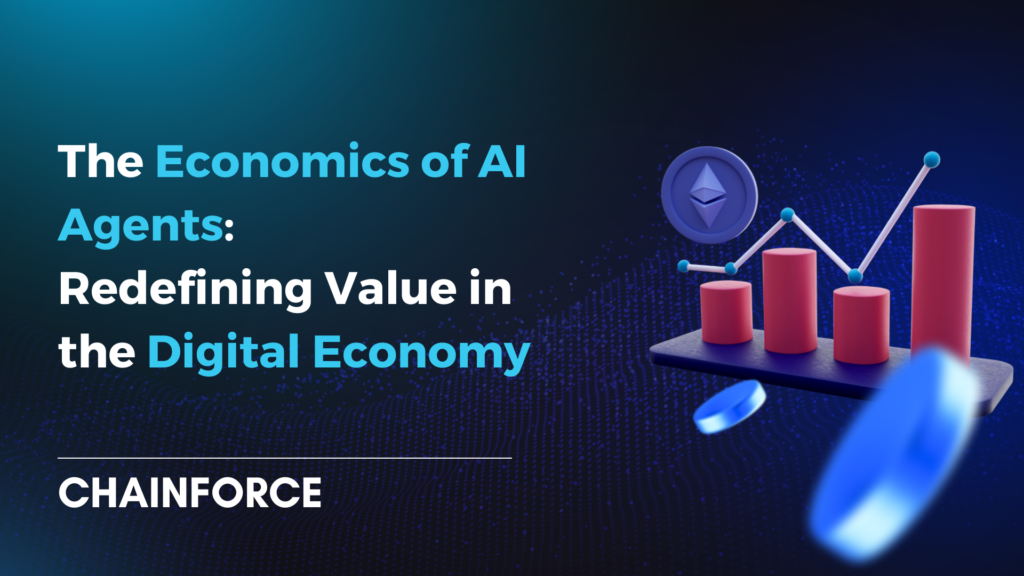Introduction
In the swiftly changing world of cryptocurrencies and blockchain technology, grasping the complexities of tokenomics has become vital. Tokenomics, focused on how tokens operate within ecosystems, forms the bedrock for crafting thriving blockchain projects and steering strategic choices. This all-encompassing guide explores various facets of tokenomics, spanning token typology, principles, the intricate terminologies that characterize this innovative realm, and the significant impact it has on shaping the digital economy. Whether you’re new to the scene or a seasoned enthusiast, this guide provides valuable insights into the dynamic world of tokenomics, ensuring you’re well-equipped to navigate the evolving landscape of digital assets.
Token Types Unveiled: Exploring the Diversity
Distinguishing Crypto-Currencies and Tokens
At the core of tokenomics lies the differentiation between crypto-currencies and tokens. While both operate within blockchain ecosystems, tokens often exhibit distinct characteristics. Unlike crypto-currencies, which find full implementation on their native blockchain, tokens are frequently developed on existing platforms. This distinction holds profound implications, particularly concerning how token prices are determined.
Understanding Token Diversity
Tokens showcase remarkable diversity due to their multifaceted purposes. This diversity has led to the classification of tokens based on class, purpose, and role. These classifications provide a framework for understanding the multifunctional nature of tokens and their roles within various projects and ecosystems.
Navigating Token Types
Tokens can be categorized based on three fundamental properties:
- Class: Tokens can belong to different classes such as digital money (crypto-currencies), digital shares (security tokens), crypto-assets (utility tokens), or digital representations of real-world assets (asset tokens).
- Purpose: Tokens serve diverse purposes, including being asset-backed, facilitating specific usage within a platform (usage tokens), or functioning as a reward for specific work or behavior (work tokens).
- Role: Tokens play a role in various aspects of a project, from facilitating user rewards and enabling platform access to serving as a means of payment and even granting governance rights.
Key Insights into the World of Token Economics
Tokenomics Fundamentals
Tokenomics is built on three foundational principles:
- Maximizing the utility of tokens, ensuring they offer tangible benefits to participants.
- Maximizing the value chain, which involves enhancing the value of tokens by providing valuable functions.
- Aligning users’ interests by using incentives and disincentives to create a harmonious ecosystem.
Token Utility
Token utility revolves around enhancing the benefits for users, holders, and other participants within the ecosystem. The ultimate goal is to create a collective environment that contributes to the success of the project.
Value Chain Maximization
Tokens acquire value by being part of a value chain defined by their functions. For instance, tokens used for purchasing goods and services contribute more value compared to those used solely for transaction fees.
Token Value Acquisition
Tokens derive value through mechanisms that influence both supply and demand. Leveraging these mechanisms strategically is essential for a token’s growth and success.
Managing Tokenomics Risks
Balancing tokenomics with user experience and legal compliance is a complex challenge. Striking the right balance ensures sustainability and long-term success for a project.
Safeguarding via Tokenomics
Tokenomics is not just a concept; it’s a critical component of any thriving web3 project. A well-designed tokenomics strategy is essential for the project’s longevity and success.
Decoding Tokenomic Vocabulary
- Token Supply and Allocation: Tokens are distributed as circulating, total, and maximum supply. Various stakeholders, including core teams, investors, and the community, receive allocations.
- Token Generation Event (TGE): A TGE involves generating and launching tokens onto the market. It’s a strategic operation that often serves as a means of fundraising and project promotion.
- Presale and Public Sale: Presales offer early access to tokens, aiding in fundraising and project development. Public sales, on the other hand, make tokens available to a wider audience.
- ICO (Initial Coin Offering): An ICO allows investors to purchase tokens instead of traditional shares. It’s a significant fundraising method for blockchain projects, often involving multiple funding rounds.
- Market Cap and FDV (Fully Diluted Valuation): Market Cap reflects a cryptocurrency’s total value based on its circulating supply, while FDV considers all tokens in circulation and those not yet available.
- Token Inflation and Deflation: Token inflation and deflation mirror traditional economic concepts. Inflation occurs when token supply increases, potentially decreasing value, while deflation involves token scarcity and value appreciation.
Mastering tokenomics unlocks the door to informed decision-making in the dynamic world of blockchain and crypto. This guide provides a comprehensive overview of token typology, key principles, and the intricate terminology that defines the fascinating realm of tokenomics. Stay tuned for further insights into the ever-evolving landscape of blockchain technology and its transformative potential.



